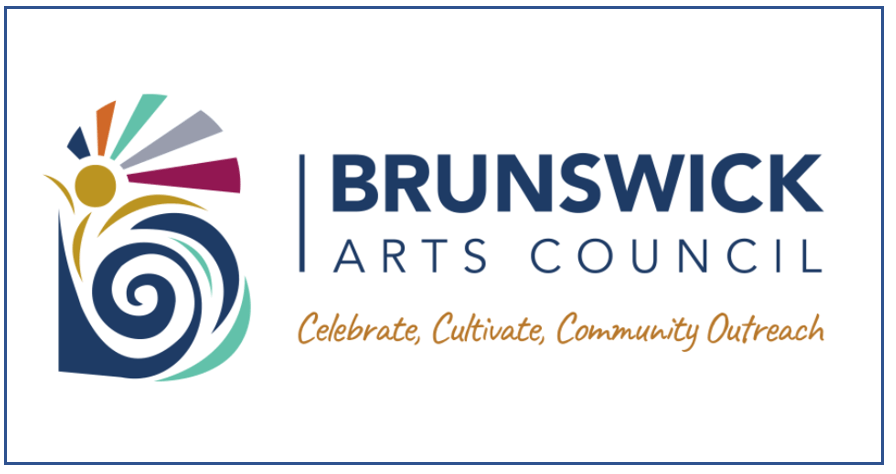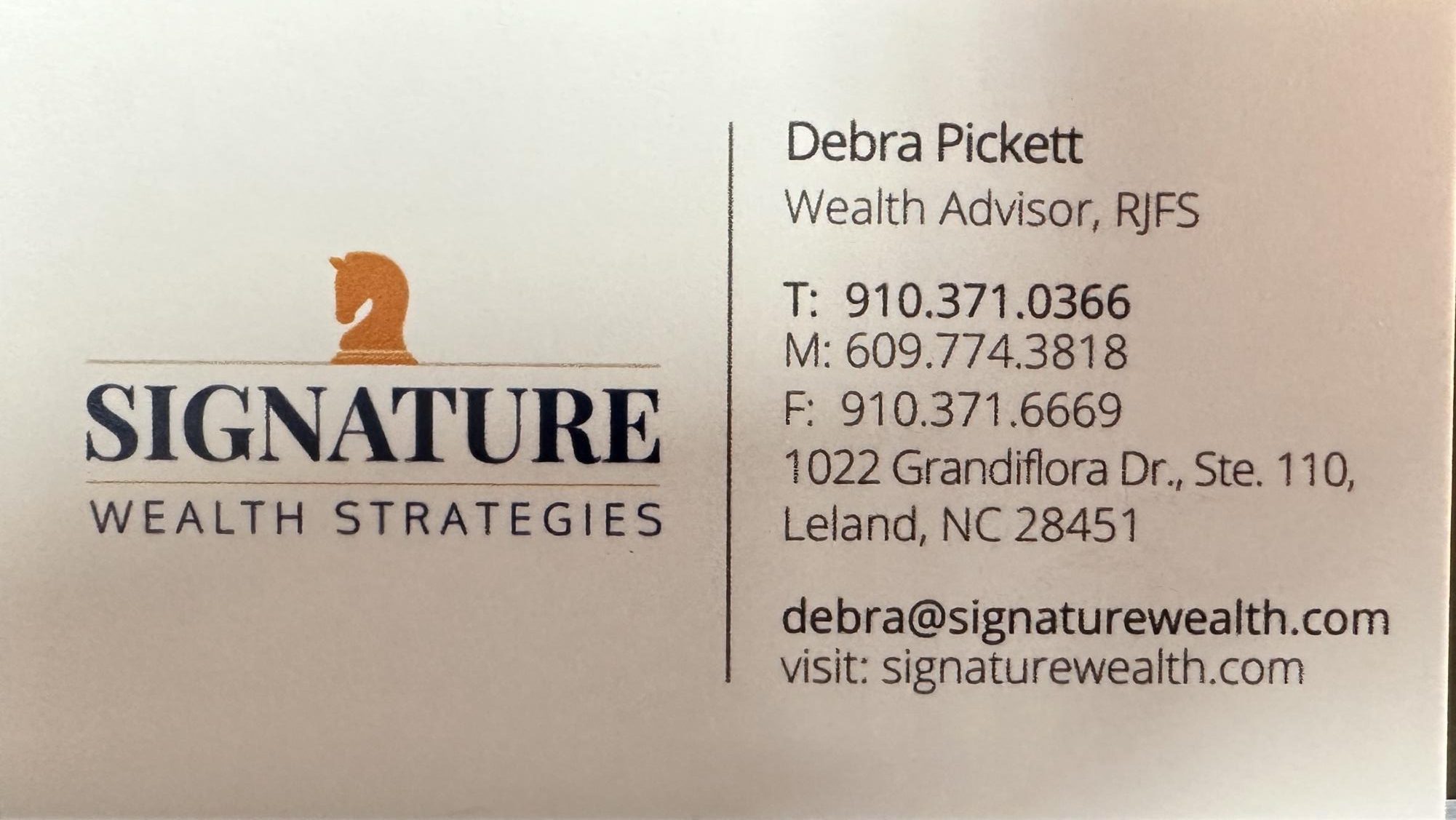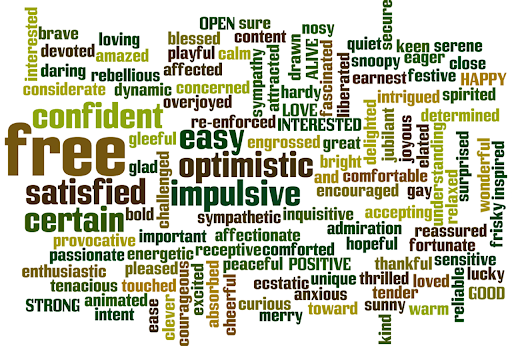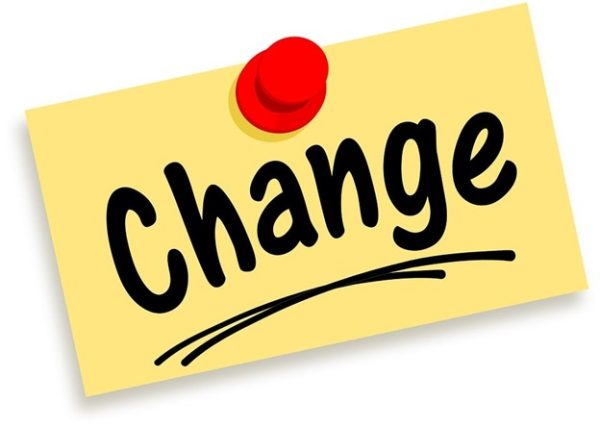Helping Hand
June 30, 2023

Golfers are very giving people, especially with advice. Sometimes advice is helpful and other times it’s not. But this holds true for life as well, doesn’t it? Some golf-advice relationships work well but for those who need help with uber-advice, here are some ideas I use with golfers that come straight from Fred Shoemaker’s book Extraordinary Golf: The Art of the Possible, which is a great book I suggest putting on your reading list. A well sought-after coach, Fred has many solid ideas about being relaxed enough to swing, with some great before-and-after pictures of what happens when his students do (especially after his famous club-toss drill!). I wish I could type up his entire opening to this section but it would be a bit long (pp. 111-115).
“Golf is a wonderful game to share with someone you care about… here are three ground rules to make advice work the way people want it.”
Coach only when asked. This is of utmost importance. Never, never coach someone unless you are asked to. The goal in any instructional situation is not the coaching but the learning, and people do no learn unless they are ready and receptive. Coaching must be initiated by the student. “What did I do wrong” is not necessarily an invitation but an exclamation. The language to request coaching must be clear and agreed upon beforehand.
- Coach only what you are asked to coach. The agenda/coaching is determined by the student. The coach must stick to that agenda and must do it in an objective way. It’s important to understand that the coach has no interpretive powers and is only a mirror to reflect reality, responding with what was seen, that’s all. When people step outside these bounds and make judgments and suggestions, things can start to fall apart.
- Coach only for a specific amount of time. The coaching-student relationship is good for certain situations, but if it hangs on and spills over outside the golf relationship into other areas, it can be a real problem. Setting a time limit allows both people to get back to their own games and relationships. It removes the necessity for one person to ask the other to stop, which can often result in hurt feelings.
As coaches, we are hired for suggestions but the ultimate decision and action comes from the student. Like going to a physician and deciding whether to follow the prescription, the golfer ultimately controls what he or she believes from the discussion and results. One way I provide feedback to students is by using a rating system on a scale of 1-5 (5 being accomplished and 1 not accomplished), to help with the understanding of what I see happening. Did I see a student interact with the ground well through the impact zone? 2 out of 5 (not really but a little). Other times I’ll provide cues like my favorite Red Light/Green Light game which, when working on aim for example, lets someone know s/he is set up correctly. Green light means go and red light means no and then fix it until you learn what a green light means. I don’t provide any other feedback usually (maybe a Yellow Light if close) so the student can move and learn / self-discover what it means to be set (aimed) properly.
Being told something is less powerful in many instances than figuring it out for oneself (works with young golfers as well, more importantly so, to discover how THEY can do it… there are many ways to do something that works). Find the best way to receive and provide advice with another golfer… stay in your lane unless asked. We all want to be helpful, hopefully these ideas make it more fun and effective when asked for advice! For more information and golf tips, visit www.nicoleweller.com.




















